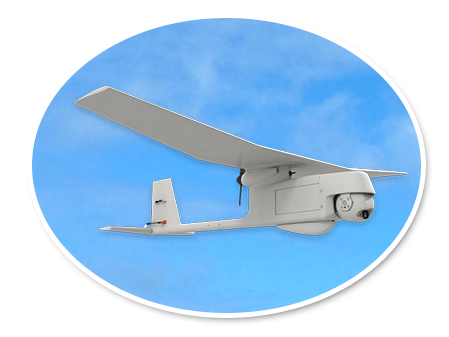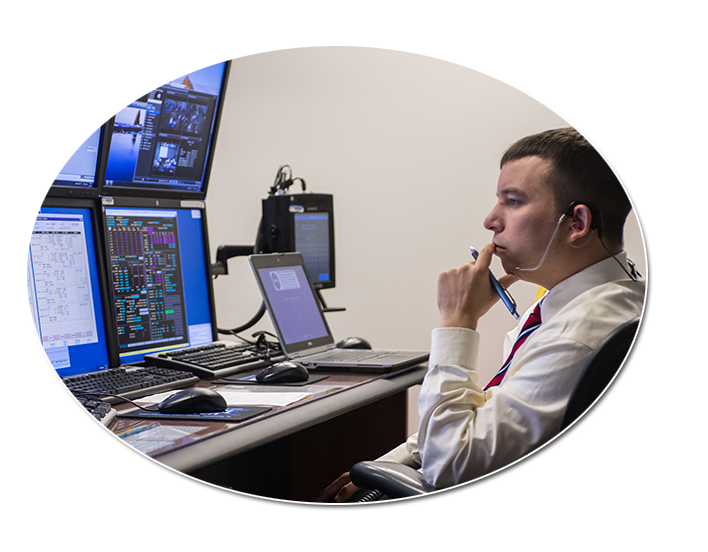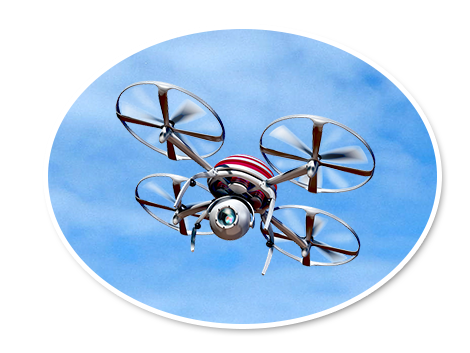





Equipment Health Monitoring
Brainlike sensing offers major advantages for equipment breakdown monitoring. Here are some examples:
Identifying unexpected activity during structural testing
During a structural test of an expensive aircraft wing, the wing broke. The structural test engineer showed that with Brainlike strain gauge sensing, the test would have been stopped and huge losses in time and money would have been prevented. See Condition Monitoring.
Electrical demand monitoring for breakdown prevention
Monitoring activity from many electrical meters simultaneously can identify usage anomalies quickly enough to prevent equipment breakdowns, fires, and even brown-outs. See Electrical monitoring Improvement.
Identifying unexpected cyber activity
Brainlike has assisted in an ARDA effort to establish effective responses to sophisticated cyber attacks, along with a study of illegal access to web service provider financial data. Results indicate that Brainlike sensing can pinpoint threatening activity before cyber security breaches can occur.
Remote sensing
Brainlike sensing solutions can be implemented as compact subroutines in special-purpose, on-board microprocessors or as special purpose hardware, offering a variety of sensing technology advantages. When implemented in this way, Brainlike solutions can control remote sensor operations such as either hibernating to save energy or powering up additional sensors after anomalies have first been detected. Such remote control can be especially valuable in settings where remote sensor platforms have limited battery power. See Brainlike Enabling Technology Basics.
Continuous interoperability testing and evaluation
With a mission of maintaining inter-command communications integrity, units like the Navy Center for Tactical Systems Interoperability (NCTSI) continuously test and evaluate electronic message communication quality. Units like these require Brainlike sensing solutions that are both highly accurate and fully automated in order to minimize their total operating costs.